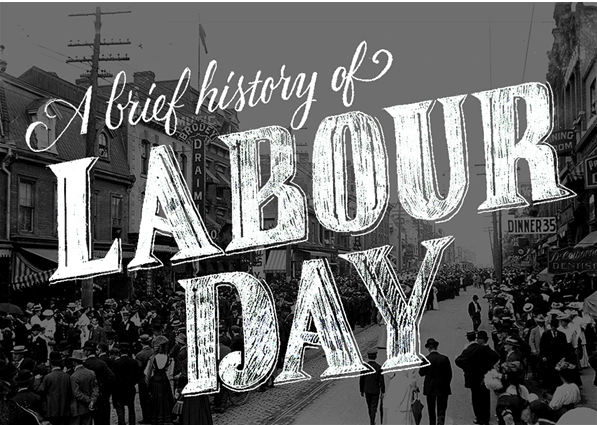January 4: Blog
This article serves to provide the reader with a brief over of employment in Canada from early days to now, and brief look at employment in BC. This article has several links where greater detail can be accessed.
Historically, Canadian employment and the job market development were dependent on the climatic and geographical variations in Canada and each region was settled in over different periods. In addition the varied ethno-cultural diversity of sellers brought its own flavor of how employment was viewed. Early settlement started in the eastern Canada and developed across the prairies and the west coast.
Indigenous communities had their own established employment structure. At onset of colonization, agriculture (farming and livestock) and fur trade was first to be developed as well as fishing and hunting. Trading posts were established. As colonization continued other occupations such as logging and staple farming came into play, dependent on the needs in Europe. As more immigrants arrived, the job market developed based on the growing necessity such as construction, hospitality, retail, doctors, legislative, law enforcement, armed forces, factories, shipping and mercantile, etc
Industrial Revolution in Canada, changed the lives of many working Canadians. Large new factories opened up, with harsh working conditions. There is no employment security and workers rebelled against these conditions. Labour unions emerged in Canada as workers began fighting for greater protection in the workplace, leading to the formation of 1872 Trade Union Act.
After the First World War, Canada was hit hard by the Great Depression and global demand for wheat, lumber and mining products fell drastically. By 1933, 30% of the labour force was out of work. Wages fell as did prices. Population growth contracted markedly as immigration slowed and birth rates fell as people postponed this, until they were more secure. Crime rates increased.
During and after the Second World War, Canada entered an era of prosperity. Unemployment was at an all time low. As more emphasis was placed on education, resulting in greater family financial pressures helped change the workplace and growing numbers of Canadians were employed in the public sector. Women joined the workforce and Canada’s improved economy continued to impact upon the success of the labour rights movement.
In recent years, following downturn, in 1980’s, 1990’s and 2000’s Canadian economic growth has been concentrated in the health, mining, petroleum, real estate and financial sectors not to mention service industries and social services. As Canada’s labour needs have grown over time, greater and greater importance is placed on immigration.
Today, the goal of the immigration system is to encourage youthful, bilingual, high-skill immigration in order to build human capital within Canada’s aging labor force. Canada has admitted more university-educated workers than the economy actually needed, which has driven down the wages of jobs requiring a university degree and drove up the wages for the kind of low-skilled jobs that didn’t even require a high school education!
Employment Insurance
Employment insurance (renamed from Unemployment Insurance in 1996) refers to government benefit payments during a period of unemployment. In Canada, the employment insurance system is financed by premiums paid by employers and employees and by federal government contributions. The first compulsory national unemployment insurance program was instituted in August 1940 (it came into operation in July 1941) after a constitutional amendment gave the federal government legislative power over unemployment insurance.
Full-time (work hours): person who usually worked 30 hours or more per week.
Part-time (work hours) person who usually worked less than 30 hours per week.
In B.C:
Employment history follows similar pattern to rest of Canada, except BC was colonized later in the 1900’s. Key industries at onset were fur trading, Gold mining, railway construction, domestic construction, bridge and road building
Of late, B.C. has shown job gains: 34,300 part-time jobs created and 17,400 full-time jobs. Job gains were mostly in the manufacturing, information and culture, business, building services plus gain in health care and social assistance sectors. BC’s unemployment rate is at about 6.2% (2016). As a large commodity producer, B.C. has lost jobs in the natural resources sector but also in the hospitality sector.
Please visit WorkBC for comprehensive information everything employment related. This service is free.
NEW WESTMINSTER
The local labour market has evolved from lumber and fishing industry in the 19th century, to manufacturing and retail from the mid-1950s to 70s and to professional, business and high-tech and fibre-optic industry in the early 21st century.
Please visit Fraser Works Coop for free services available to job seekers
Upcoming events and dates of note in January
January Third Week: National Non-Smoking Week
January Third Wednesday: Weedless Wednesday; National
January 26: World Leprosy Day; International
January 27: Family Literacy Day; National
References:
Stats Canada
Job Bank
Macleans
Canadian History Museum
Globe and Mail
Encyclopedia of Canada
BC Stats
The Tyee
The Sun Newspaper



















